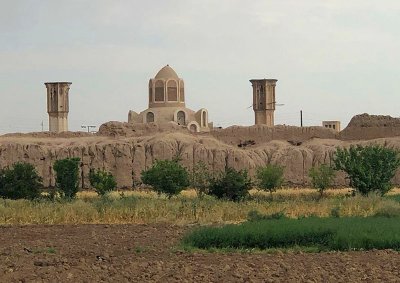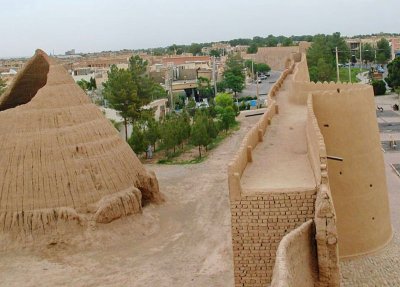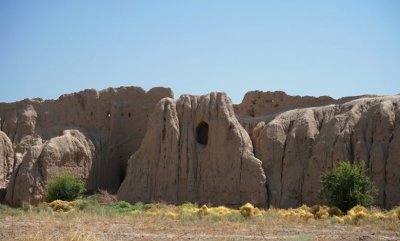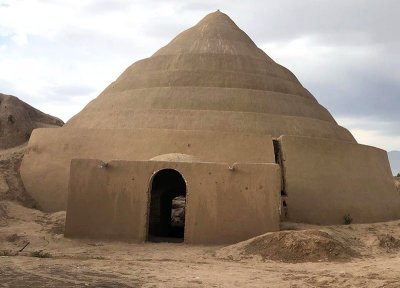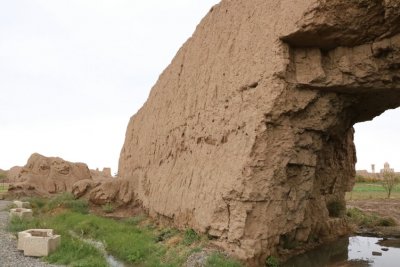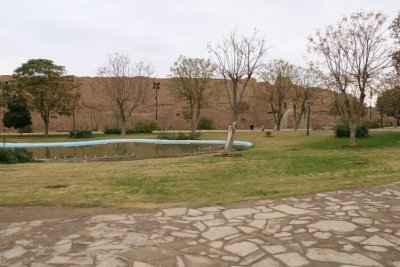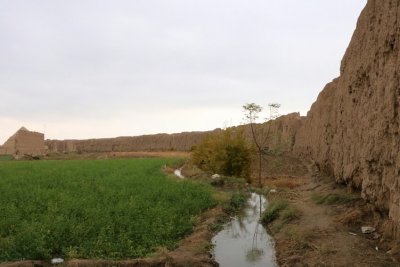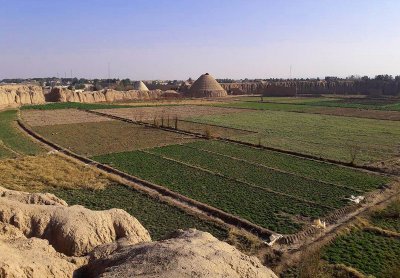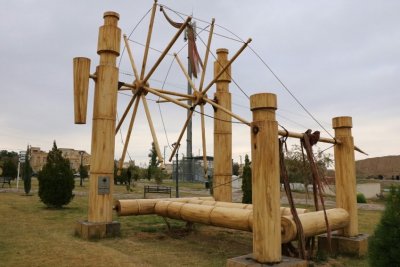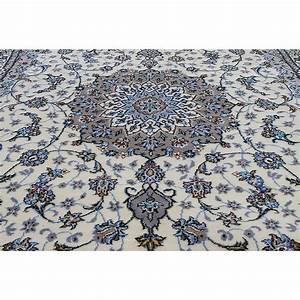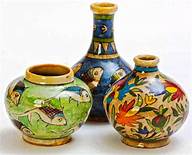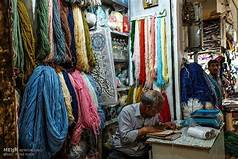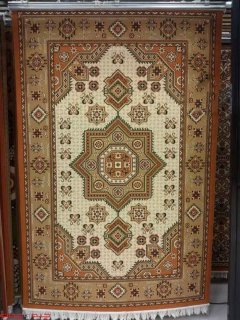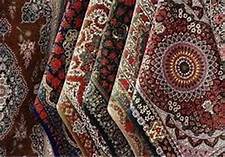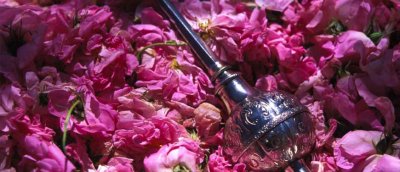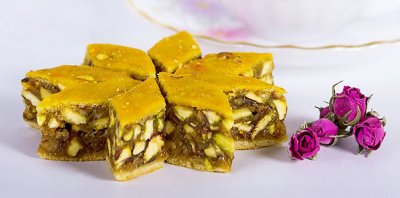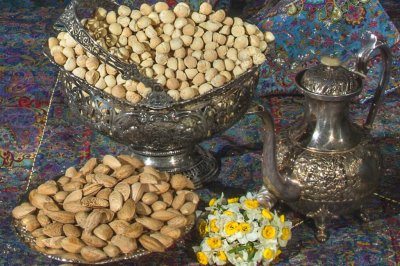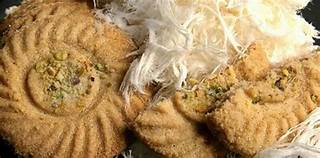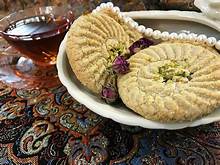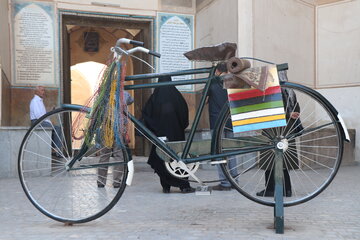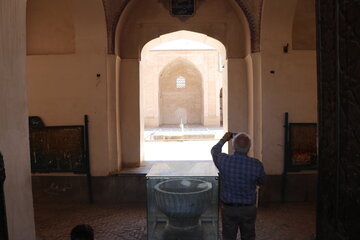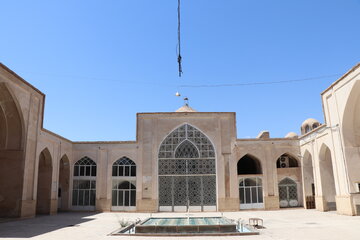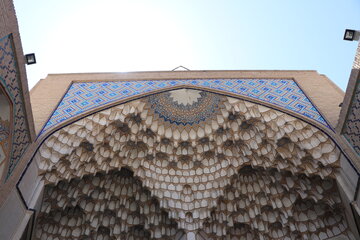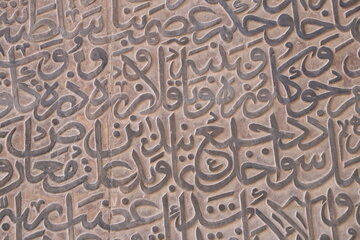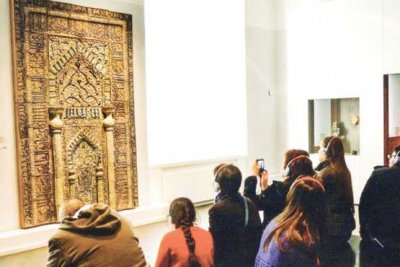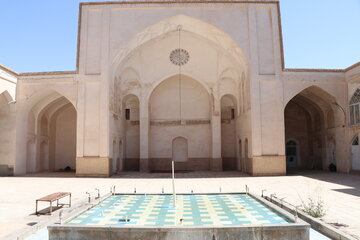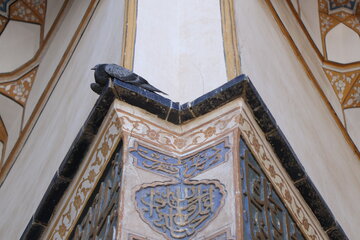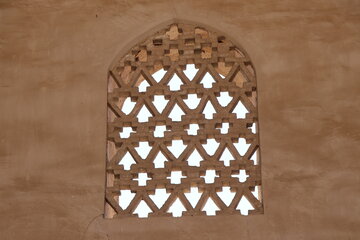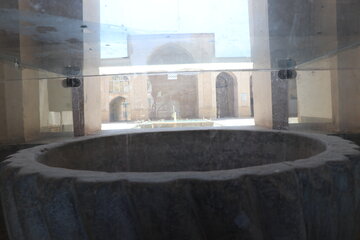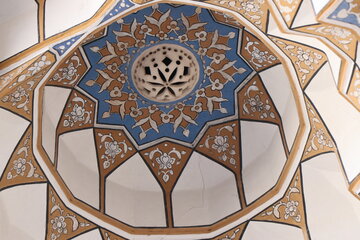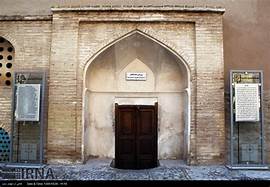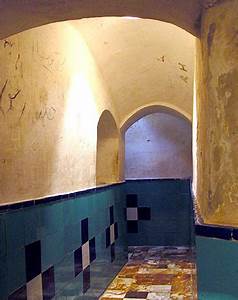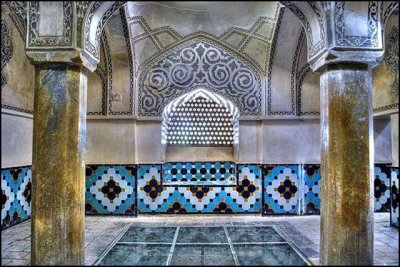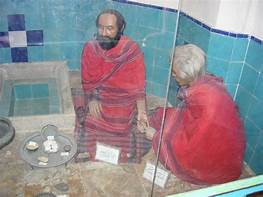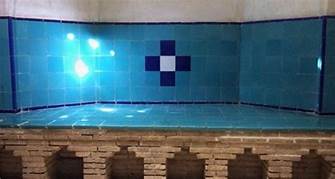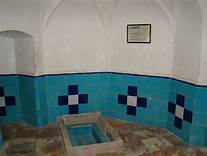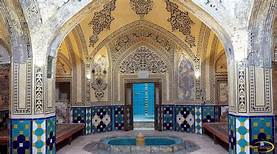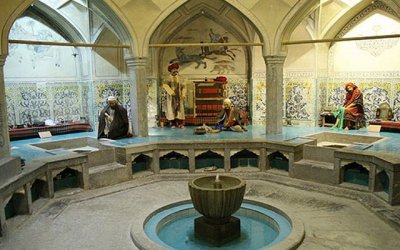Jalali Castle complex and Seljuk fence
Jalali Castle and Seljuk Fortress complex is one of the strong buildings located in the historical city of Kashan. This fence and barrow survived until the middle of the Qajar period and covered the area that is called the historical texture of Kashan today.
The “Behind Mashhad” area was located outside this fence, and its residents entered the central area of the city through the government gate. Engineer Aminian believes that the word behind Mashhad means the area behind the fence, and Mashhad refers to this glorious fort here.
Seljuk fence
On both sides of the street, there are two tall thatched walls that are remnants of the famous Seljuk fence. This fortress, which was invincible in its time, was built in the middle of the fifth century AH by one of the famous and generous men in the Seljuk government, Khajeh Majdaldin Abolghasem Kashani. This tall and strong fortress has been able to save the people of Kashan from the severe attacks of the invading armies and from the savage massacres and looting.
Jalali Castle
A huge castle is located next to the Seljuk fence, which was built by order of Sultan Jalaluddin Malek, the Seljuk king, and was once the governmental center of Kashan.
The glacier of Jalali Castle and Seljuk fence
In the outer and inner part of Jalali Castle, there are two domed buildings known as “Glacier” and in ancient times, by keeping winter ice in this part, it provided the needs of Kashan residents in the warm seasons.
Jalali Castle complex and Seljuk fence in different eras
At the time of the Arab conquest of Iran, the people of Kashan fought with the Arab conquerors, and this shows that Kashan also had a castle at that time. During the caliphate, the people of Kashan revolted several times with the Shiite governors, and this is unbelievable without the castle. The story of the construction of Kashan in the time of Harun al-Rasheed also most likely emphasizes the restoration of this building.
During the Safavid period, for several years, one of the rulers of Ghezelbash in Kashan formed an autonomous government and used this barrow to resist the Sultan’s army.
However, after the establishment of the Qajar government, this building will not be repaired, as Sheriff Zarabi writes in the pastures of Al-Qasan: It is built on the city bar and the city moat circulates around it. It is built on four towers on the side of the length and four towers on the width, and its southern wall is the same as the fortifications of the city, and the three fences on the main side of the city are preserved. In fact, there are absolutely no traces of buildings and emirates in that castle, and it is the property of the people and four seasons are cultivated in it.
The final blow to this fort will come during the revolt of Nayeb Hussein and his children. When the deputy soldiers were stationed inside the city, government forces completely destroyed the walls to enter the city, and then the few remaining areas were destroyed by farmers and used the land for their farms. The pieces left over from the wall were completely destroyed in the street killings of the early Pahlavi era.
Jalali Castle and Seljuk fence complex is located at the end of Alavi Street and west of Kashan city, in Isfahan province.
